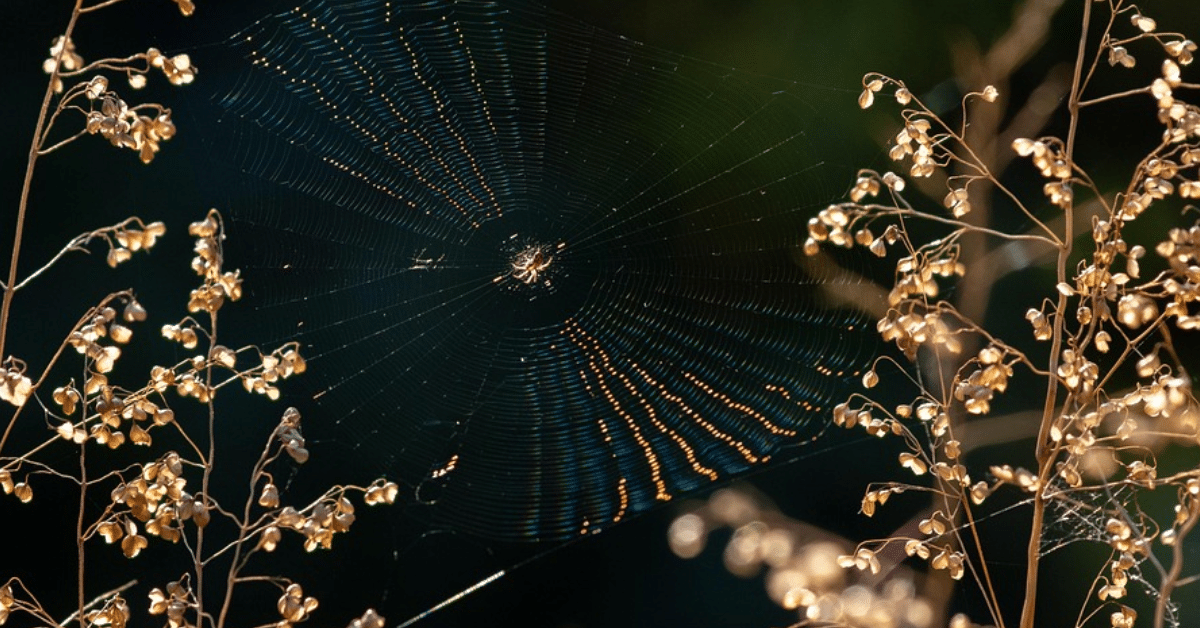
Habitat Connectivity for the Spineless: Fragmentation Hurts Invertebrates Too
When we talk about habitat connectivity and wildlife corridors, the spotlight often falls on large, charismatic animals like bears, deer, or bobcats. But what about the countless small, spineless creatures that keep ecosystems functioning? Invertebrates—such as insects, spiders, worms, and crustaceans—make up the majority of Earth’s species and are the unsung heroes of pollination, decomposition, and soil health. Yet they are also suffering in silence from habitat fragmentation.
Invertebrates may be small, but they often have highly specific habitat needs and limited mobility. A narrow road, plowed field, or mowed lawn can become an impenetrable barrier for a beetle or butterfly. Fragmented landscapes isolate populations, reducing genetic diversity and increasing the risk of local extinction. This is especially critical for species that rely on particular host plants, microclimates, or soil types.
Studies have shown that even modest corridors—such as hedgerows, native plant buffers, or unmowed strips—can significantly boost invertebrate movement and population resilience. Restoring native vegetation and minimizing pesticide use can also create “soft edges” that make human-altered areas more passable for tiny travelers.
Conservation strategies must start recognizing that invertebrates need space too. Protecting and reconnecting habitat for them isn’t just about saving bugs—it’s about preserving the entire web of life they support. Without bees, there’s no pollination. Without decomposers, no nutrient cycling. And without invertebrates, many birds, reptiles, and mammals would go hungry.
By thinking small—and building big-picture solutions—we can ensure that even the spineless have a path forward.
This webinar describes the ways in which the Virginia Institute for Invertebrates is working to connect patches of prime habitat, and the unique opportunities and challenges of corridor construction for invertebrates.
It also discuss the enormous uncertainty about nearly every aspect of the impact of barriers like roads and culverts on invertebrates. Despite their incredible numbers and diversity, most questions remain unanswered: How could crossing designs be altered to improve use by nocturnal insects? Can road losses be reduced for butterflies and spiders alike? Learn what we know and what we don’t know about preserving Virginia’s rich and essential invertebrate life through improved habitat connectivity.